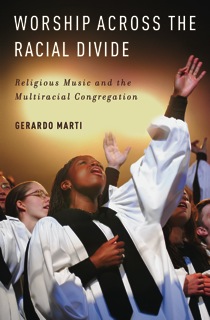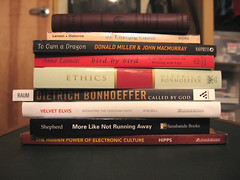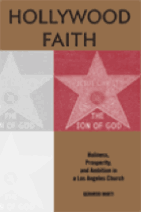Born Digital:
Understanding the First Generation of Digital Natives
by John Palfrey and Urs Gasser
This seems like an interesting portrait of the younger generation who grew up with computing as part of their natural environment.
In a world of ubiquitous computing power and portable technology, the book provides an occasion to consider how pedagogy and organizational structures that pre-date the 1980s may need to further reconsider adaptations to this growing wave of our population.
From the publisher:
The most enduring change wrought by the digial revolution is neither the new business models nor the new search algorithms, but rather the massive generation gap between those who were born digital and those who were not. The first generation of "digital natives"—children who were born into and raised in the digital world—is now coming of age, and soon our world will be reshaped in their image. Our economy, our cultural life, even our families will be forever transformed.
But who are these digital natives? In Born Digital, leading Internet and technology experts John Palfrey and Urs Gasser offer a sociological portrait of this exotic tribe of young people who can seem, even to those merely a generation older, both extraordinarily sophisticated and strangely narrow.
Based on original reserach and advaving new theories, Born Digital explores a broad range of issues, from the highly philosophical to the purely practical.
































